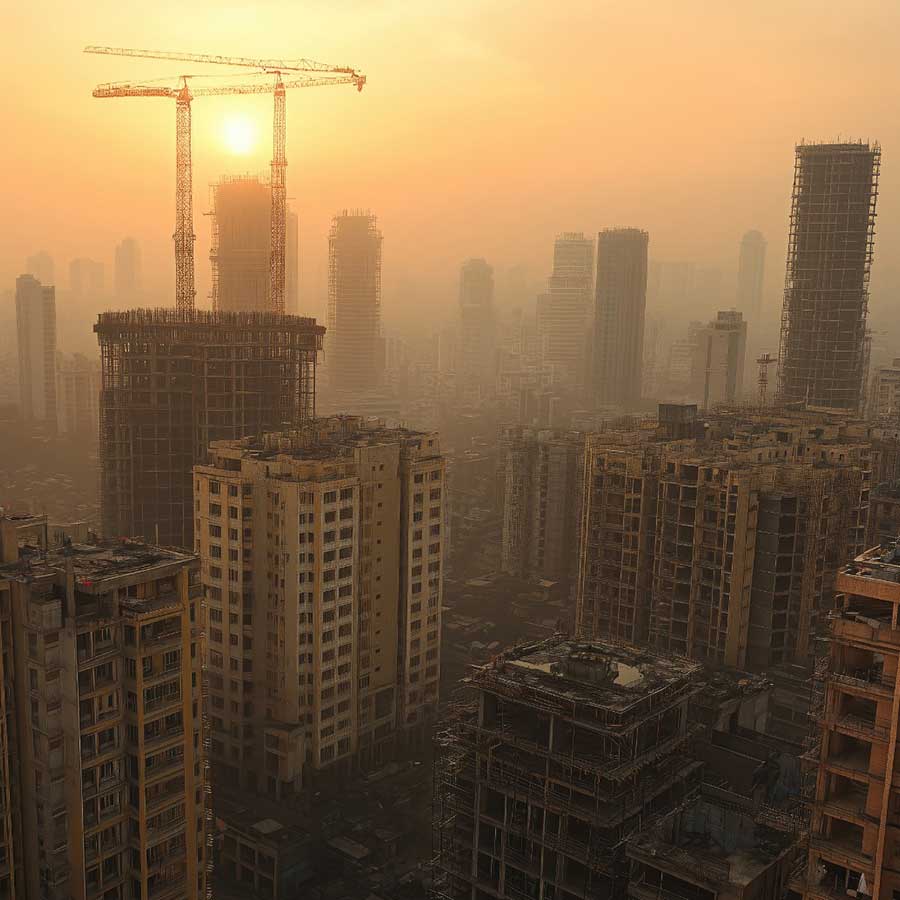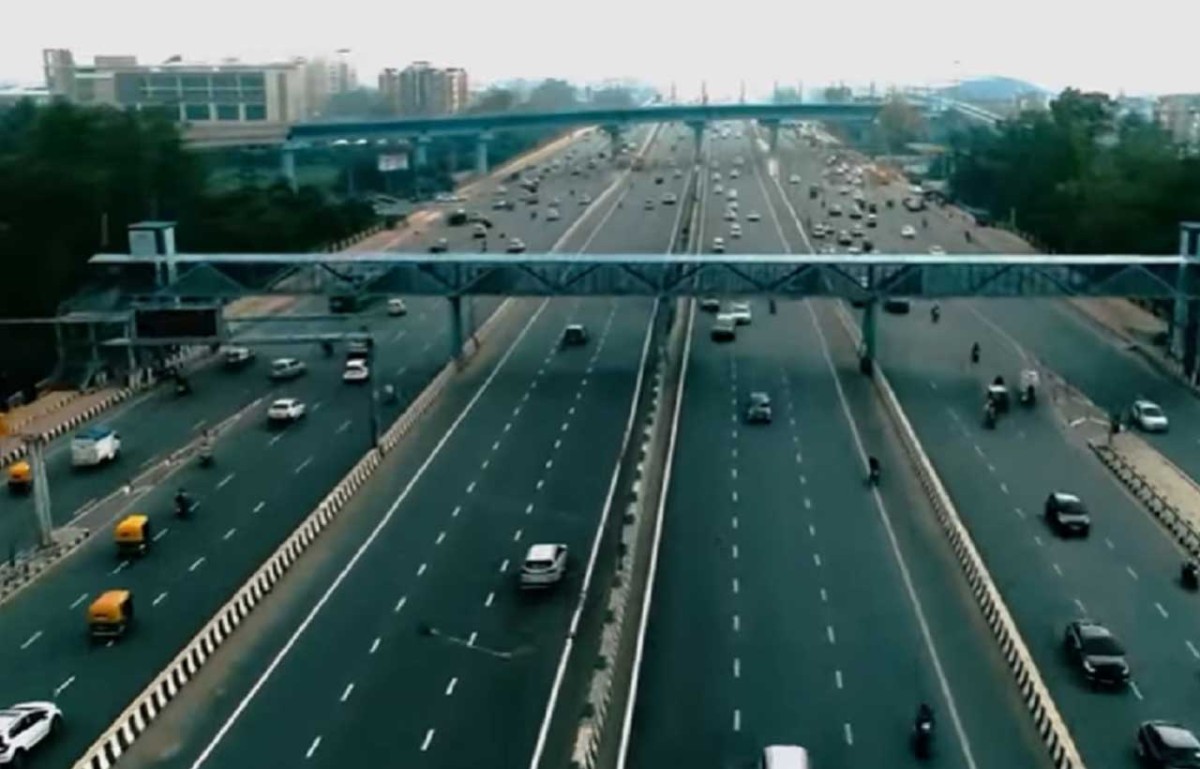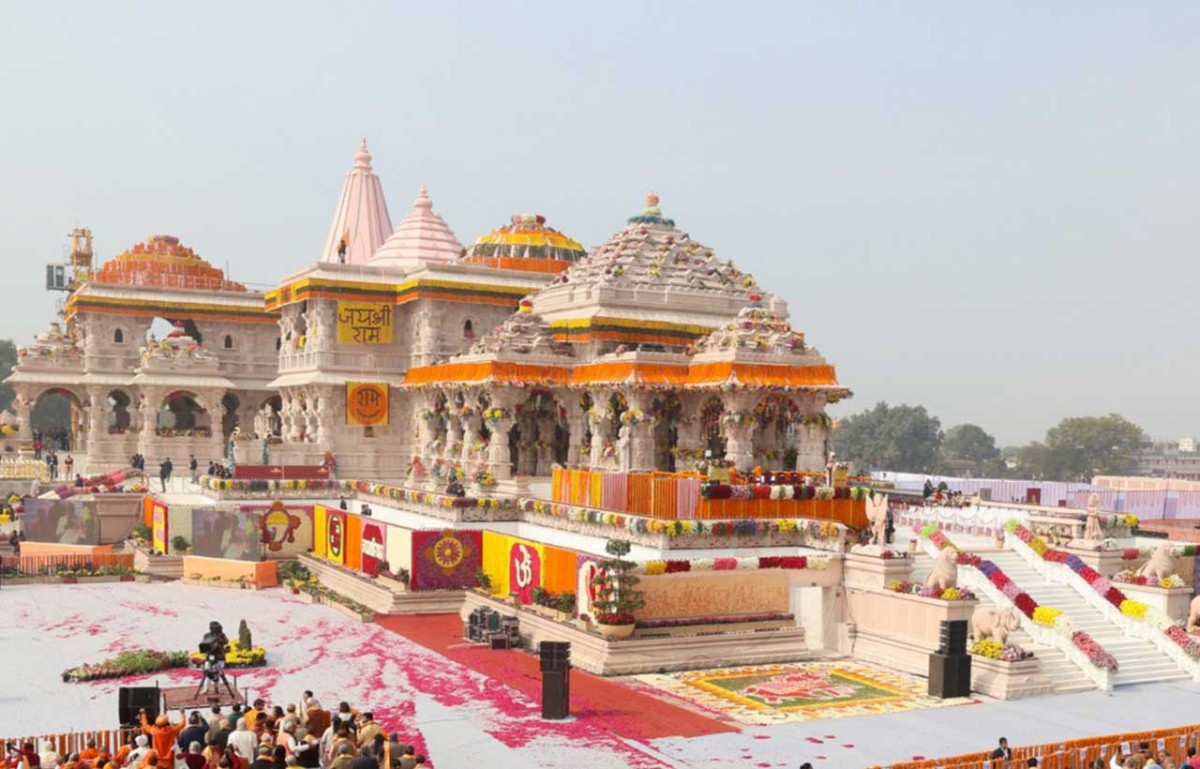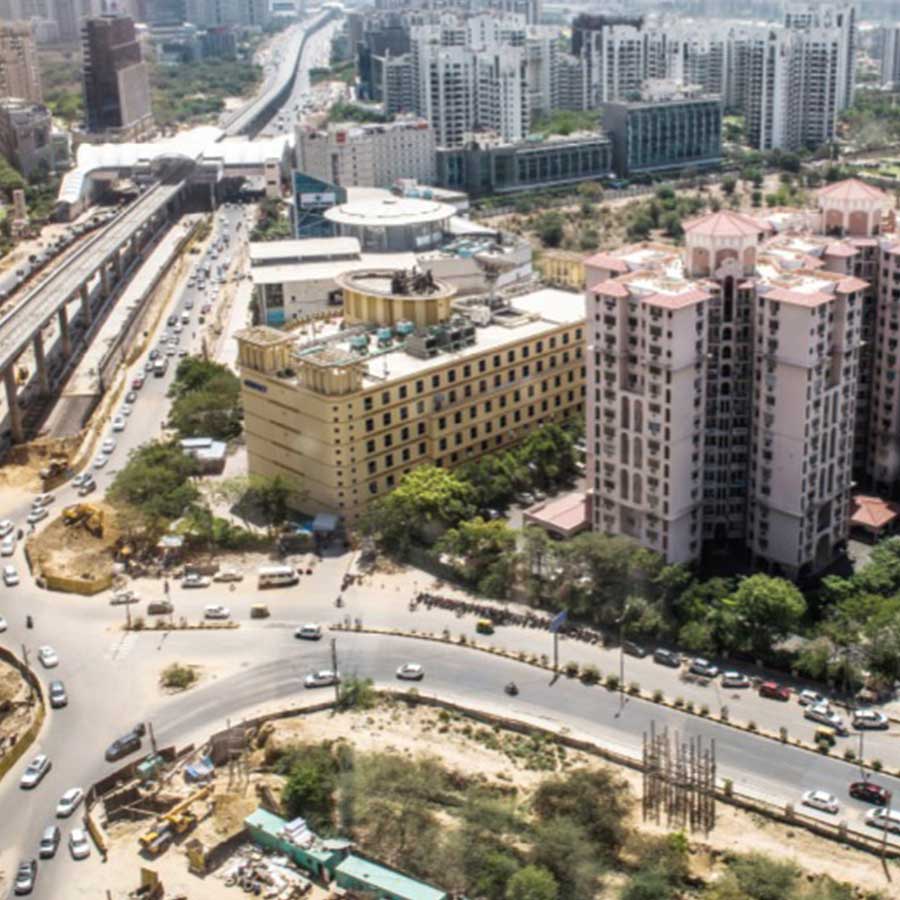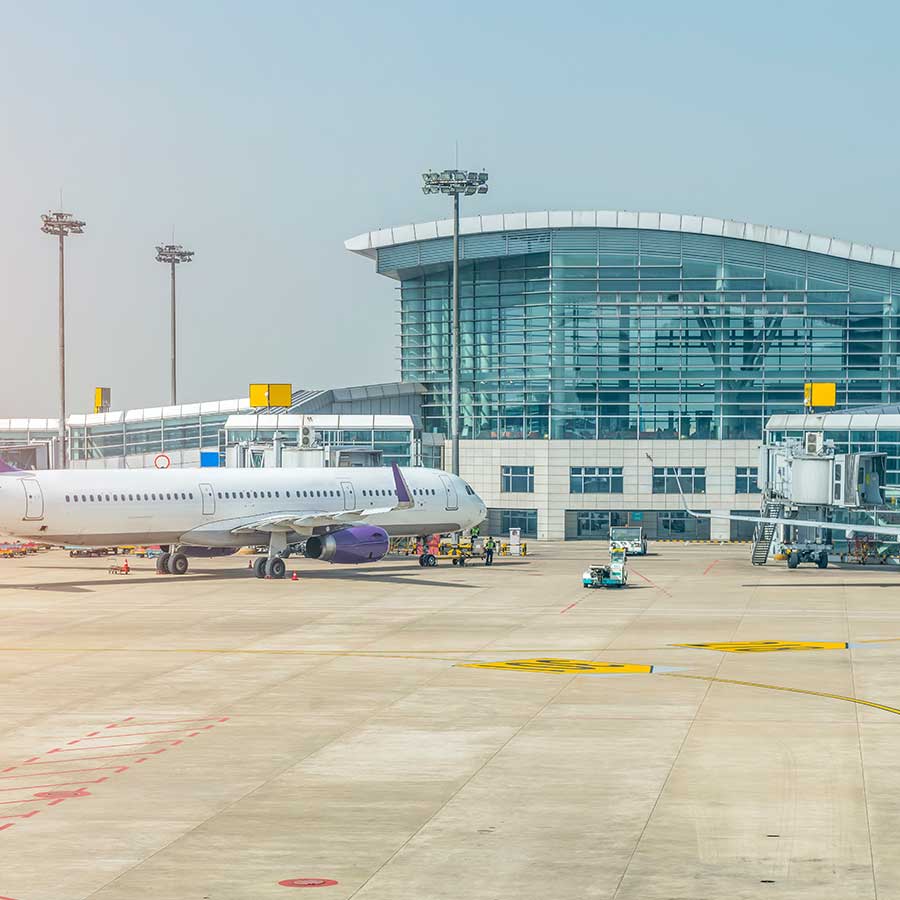How Architects Are Fueling India's Economic Growth?
- August 20, 2025
- By: Syed Md. Ehteshamul Hasan
- NEWS
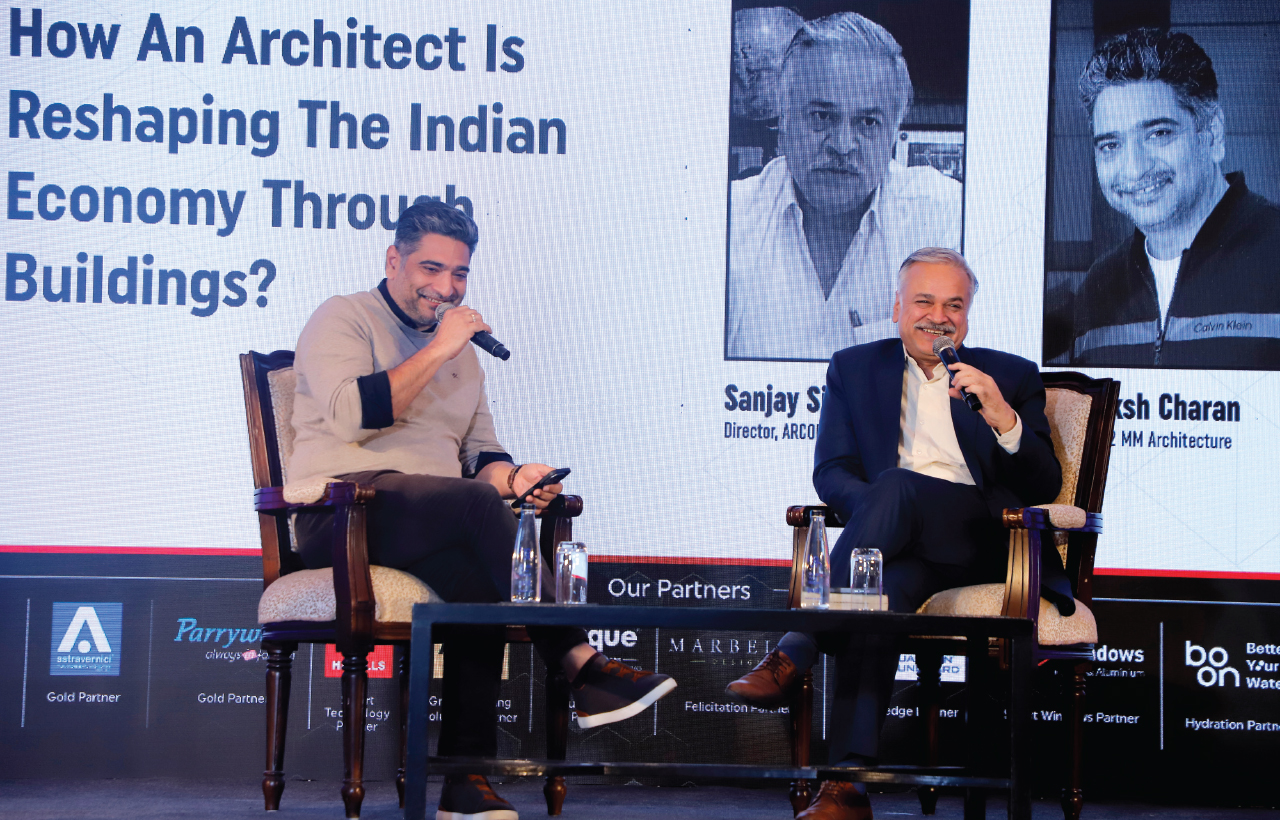 Building the Future: Sanjay Singh, Director, ARCOP Associates Pvt. Ltd. and Rudraksh Charan, Co-Founder & Principal Partner, 42mm Architecture Discuss How Architecture is Shaping India's Economic Landscape. (Excerpts: Syed Md Ehteshamul Hasan)
Building the Future: Sanjay Singh, Director, ARCOP Associates Pvt. Ltd. and Rudraksh Charan, Co-Founder & Principal Partner, 42mm Architecture Discuss How Architecture is Shaping India's Economic Landscape. (Excerpts: Syed Md Ehteshamul Hasan)
Architecture is more than just the art of designing buildings; it is a powerful tool that shapes economies, cultures, and identities. In a thought-provoking discussion, renowned architects Ar. Sanjay Singh and Ar. Rudraksh Charan delved into how architects are reshaping the Indian economy through their work. From iconic landmarks to sustainable urban development, the conversation highlighted the profound impact architecture has on economic growth, tourism, and societal progress.
The Role of Iconic Buildings in Economic Development
Ar. Sanjay Singh began the discussion by drawing attention to the role of iconic buildings in shaping a city's identity and economy. He cited the example of Bharat Mandapam, a landmark in Delhi that has become a symbol of India's cultural and economic aspirations. "These buildings are not just structures; they are catalysts for economic development," he said. Singh emphasized how iconic structures like Marina Bay Sands in Singapore or the Burj Khalifa in Dubai have become synonymous with their cities, driving tourism, real estate value, and urban development.
Ar. Rudraksh Charan echoed this sentiment, adding that iconic buildings create a ripple effect on the local economy. "They enhance real estate value, attract tourism, and become nodes around which cities expand," he explained. He drew parallels with historical examples like the Meenakshi Temple in Madurai, which has been the nucleus of the city's religious, cultural, and economic growth for centuries. "The temple was built in stone, while the surrounding houses were perishable. Over time, it became the heart of the city's economy," Charan noted.
Architecture as a Catalyst for Regional Growth
The discussion then shifted to how a single project can spur regional economic growth. Ar. Sanjay Singh shared the example of a convention center project in Lucknow, Uttar Pradesh. Initially conceived as a 30-acre standalone facility, the project grew into a 150-acre development hub, complete with commercial complexes, IT parks, hotels, and even a realigned metro line. "This project became a nucleus for economic activity, creating jobs and attracting investments," Singh explained. Ar. Rudraksh Charan added citing the example of the Meenakshi Temple, where a single structure catalysed the growth of an entire city. He said that such projects often have long-term economic benefits. He highlighted the importance of infrastructure planning, stating, "Well-planned infrastructure has an exponential impact on a region's economy. It makes construction easier, improves mobility, and enhances the overall aesthetic value of the area."
Sustainability and the Economics of Building Maintenance
Both architects emphasized the importance of sustainability in modern architecture. Ar. Rudraksh Charan pointed out that while initial construction costs are often the focus, the long-term maintenance costs of buildings are equally critical. "We need to invest in high-performing materials and systems that may have a higher upfront cost but offer better returns in terms of energy efficiency and durability," he said. He also discussed the concept of kinetic architecture, where buildings can adapt to changing needs over time, reducing the need for costly renovations. Ar. Sanjay Singh agreed, stressing the need for buildings to be future-ready. "We must incorporate technologies like automation and artificial intelligence into our designs today to ensure they remain relevant and cost-effective in the future," he said. He also highlighted the role of architects in promoting energy conservation and sustainable practices, which not only reduce operational costs but also contribute to the broader ecosystem.
The Architect as a Visionary and Economic Enabler: The conversation also touched on the evolving role of architects in the decision-making process. Ar. Sanjay Singh shared anecdotes from his career, where he successfully convinced clients to increase budgets and rethink project scopes to achieve greater economic and social impact. "An architect must be able to sell a dream to the client—a practical, realizable dream that adds value to the project," he said. He emphasized the importance of architects being involved in the early stages of project planning to maximise their impact. Ar. Rudraksh Charan added that architects must also focus on the social and cultural impact of their work. "A building's value is not just in its aesthetics or functionality but in how it contributes to society," he said. He cited examples of projects that have transformed local communities by creating employment opportunities and improving living standards.
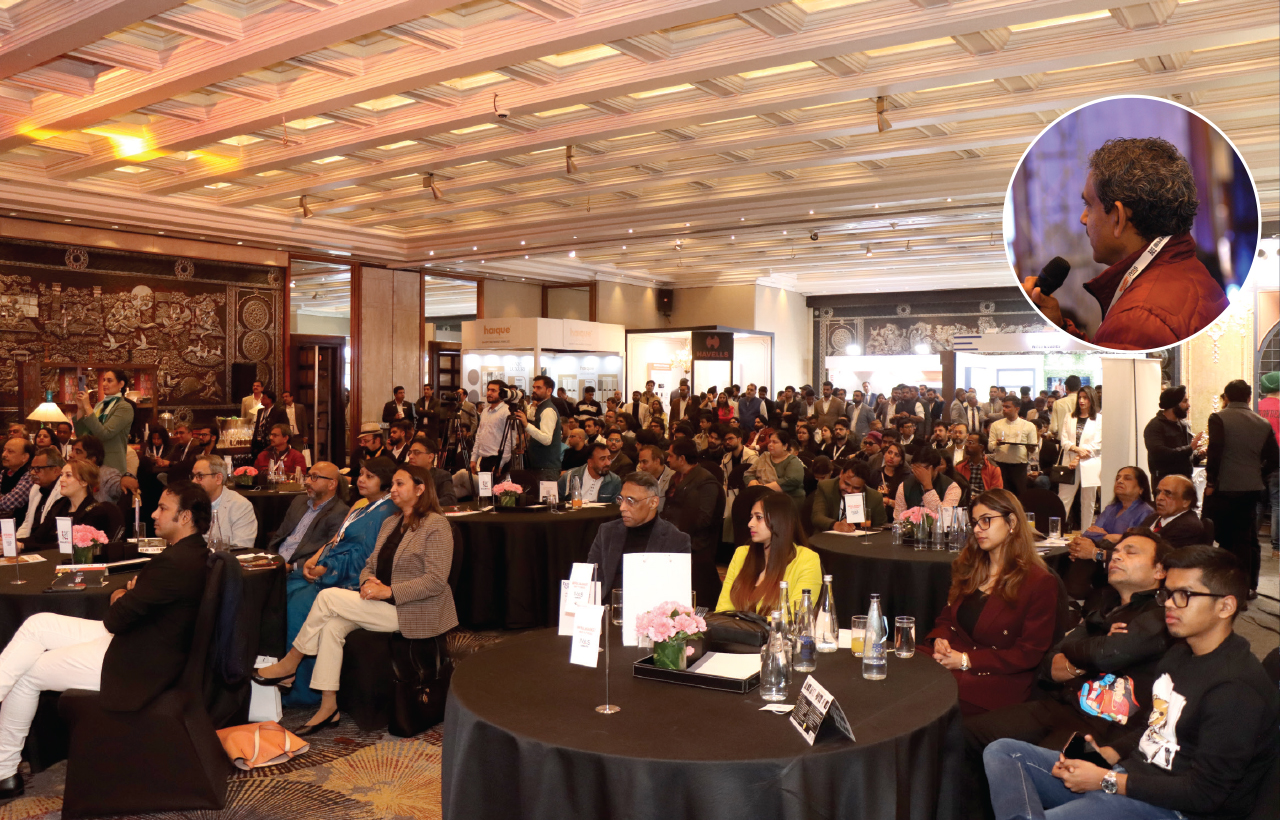
Frequently Asked Question (FAQs)
How do you see the role of star architects in shaping India's architectural landscape?
Ar. Sanjay Singh responded by highlighting the growing recognition of architects as brands. "Just like artists, architects are increasingly being recognized for their unique styles and contributions," he said. He expressed hope that India would see more architects achieving global acclaim, not just for their buildings but for their vision and impact.
Ar. Rudraksh Charan offered a slightly different perspective, noting that while branding is important, the true value of architecture lies in its social and cultural impact. "A building's legacy is determined by how it serves the community, not just by the name of the architect who designed it," he said.
How can architects influence projects when they are often brought in after key decisions have been made?
Ar. Sanjay Singh acknowledged the challenge but emphasised the importance of architects demonstrating their value. "By presenting a compelling vision, architects can often convince clients to rethink their plans and budgets," he said. He shared examples from his own career where he successfully persuaded clients to invest more in projects to achieve greater long-term benefits.
Ar. Rudraksh Charan added that architects must be proactive in engaging with clients and stakeholders. "We need to show them the possibilities they hadn't considered and the value we can bring to the project," he said.
How can architects make a difference in tier 2 and tier 3 cities?
Ar. Sanjay Singh pointed out that while metropolitan cities often focus on maximizing plot utilization, tier 2 and tier 3 cities offer greater opportunities for transformative projects. "In these cities, architects can play a pivotal role in shaping urban development and driving economic growth," he said.
Ar. Rudraksh Charan agreed, adding that architects must focus on creating sustainable and community-centric designs in these regions. "The impact of a well-designed project in a smaller city can be far more profound than in a metropolitan area," he said.
Conclusion
The discussion underscored the multifaceted role of architects in shaping India's economy. From creating iconic landmarks that drive tourism to designing sustainable projects that spur regional growth, architects are at the forefront of economic and social transformation. As Ar. Sanjay Singh aptly summarised, "Architecture is not just about building structures; it's about building economies, communities, and futures."


